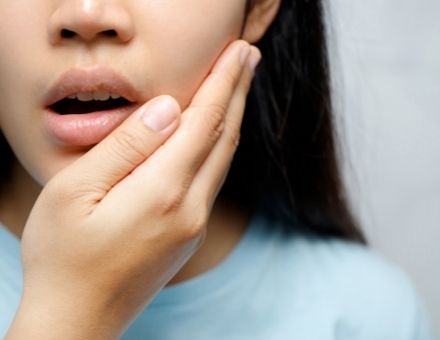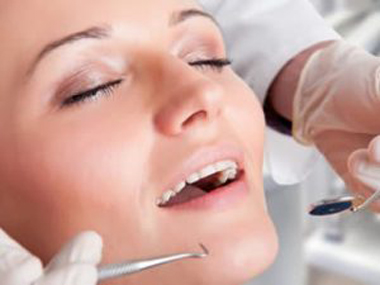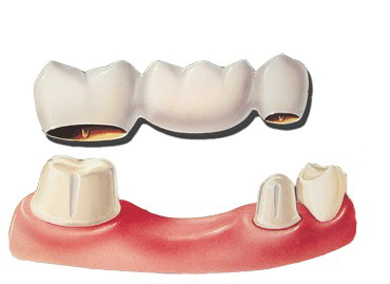I am concerned about a root canal issue that seems will never end. Last November, my dentist filled a small cavity. But the tooth became sensitive to cold on and off. My dentist said I needed a root canal and a crown. He completed treatment, but my dentist had problems getting the bite correct. I was beginning to get jaw pain and earaches. The tooth settled down a bit but was still a little sensitive.
Within the past two weeks, the sensitivity increased. When I visited the dentist last week, he said he might need to repeat the root canal. But I am five months pregnant now and need another X-ray. And I am a little frustrated because it delayed my teeth whitening appointment. How do I know if I need repeat root canal treatment? I don’t know if I can get through the work without sedation. It’s so frustrating. Thanks – Nakia
Nakia,
Although Dr. Lacy would need to examine your tooth and crown, we are concerned about your dentist. It is unusual for a small cavity to end with an infection and root canal treatment. And your dentist has been unable to resolve tooth sensitivity completely.
From Small Cavity to Root Canal Treatment?
When a dentist tells you that they filled a small cavity, but the tooth soon needs root canal treatment, the dentist’s diagnosis is incorrect. The cavity must have been large, or your dentist missed signs of infection.
Tooth Sensitivity After a Filling and Crown
A tooth infection may be causing the sensitivity. But your dentist may have made a mistake while placing the filling or during your root canal treatment.
Dental X-rays During Pregnancy
We understand your concerns about exposing your baby to X-ray radiation or chemicals during pregnancy. But dental X-rays emit low radiation. So, you can review the American Dental Association’s recommendations about dental care during pregnancy. But if you have a tooth infection, it can potentially spread into your bloodstream and become more serious.
If you are skeptical about your dentist’s care, we recommend finding an advanced cosmetic dentist. The dentist will examine your tooth to identify the cause of sensitivity, jaw pain, and earaches. The dentist will also determine if you have a tooth infection and need to repeat root canal treatment. Although the process delays teeth whitening treatment, it is best to resolve it now than have the issue recur or worsen during pregnancy.
Based on your medical history, talk to your obstetrician and dentist about safe sedation options during pregnancy.
Best wishes for a quick resolution.
This post is sponsored by Plano, Texas, female dentist Dr. Miranda Lacy.





